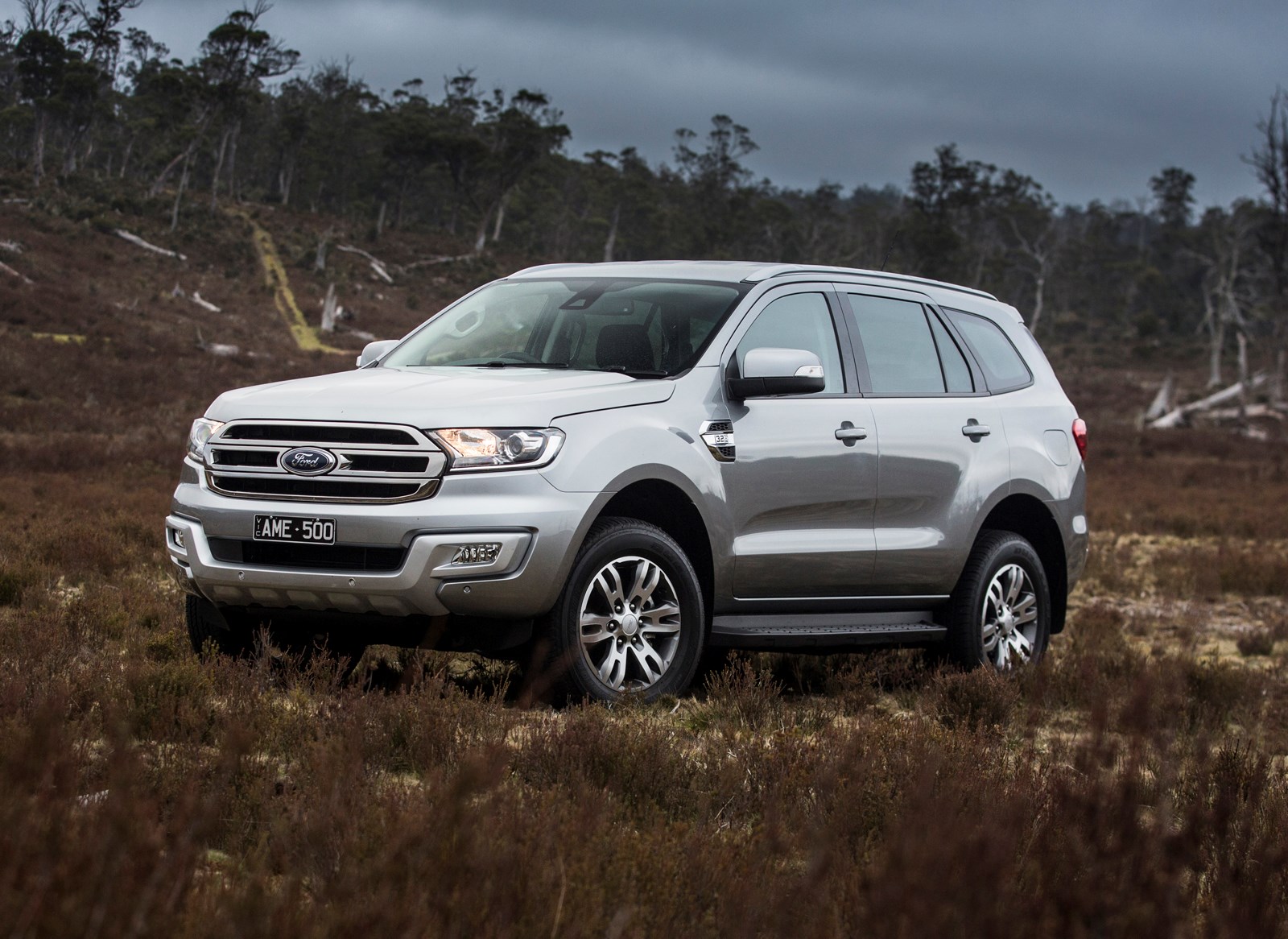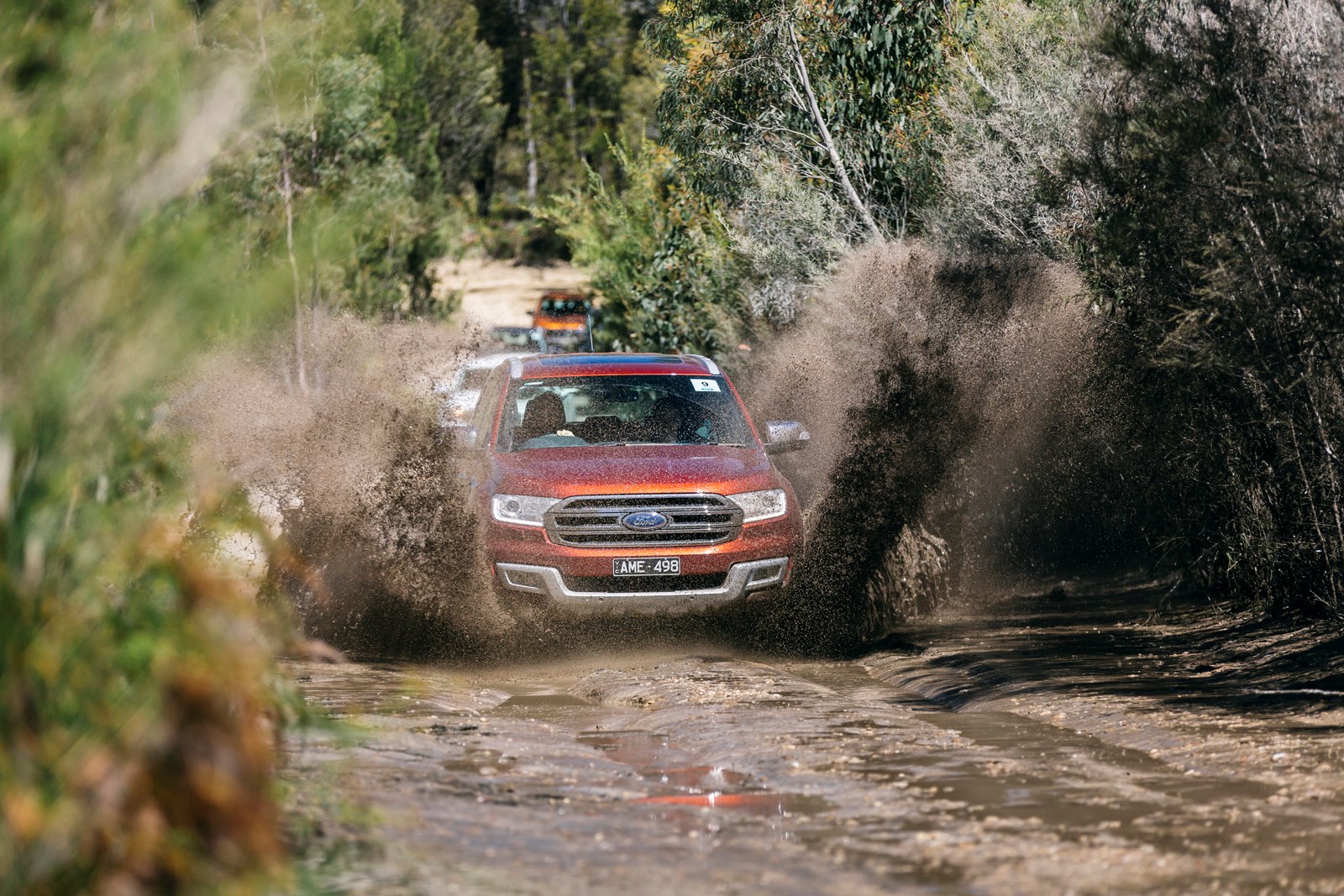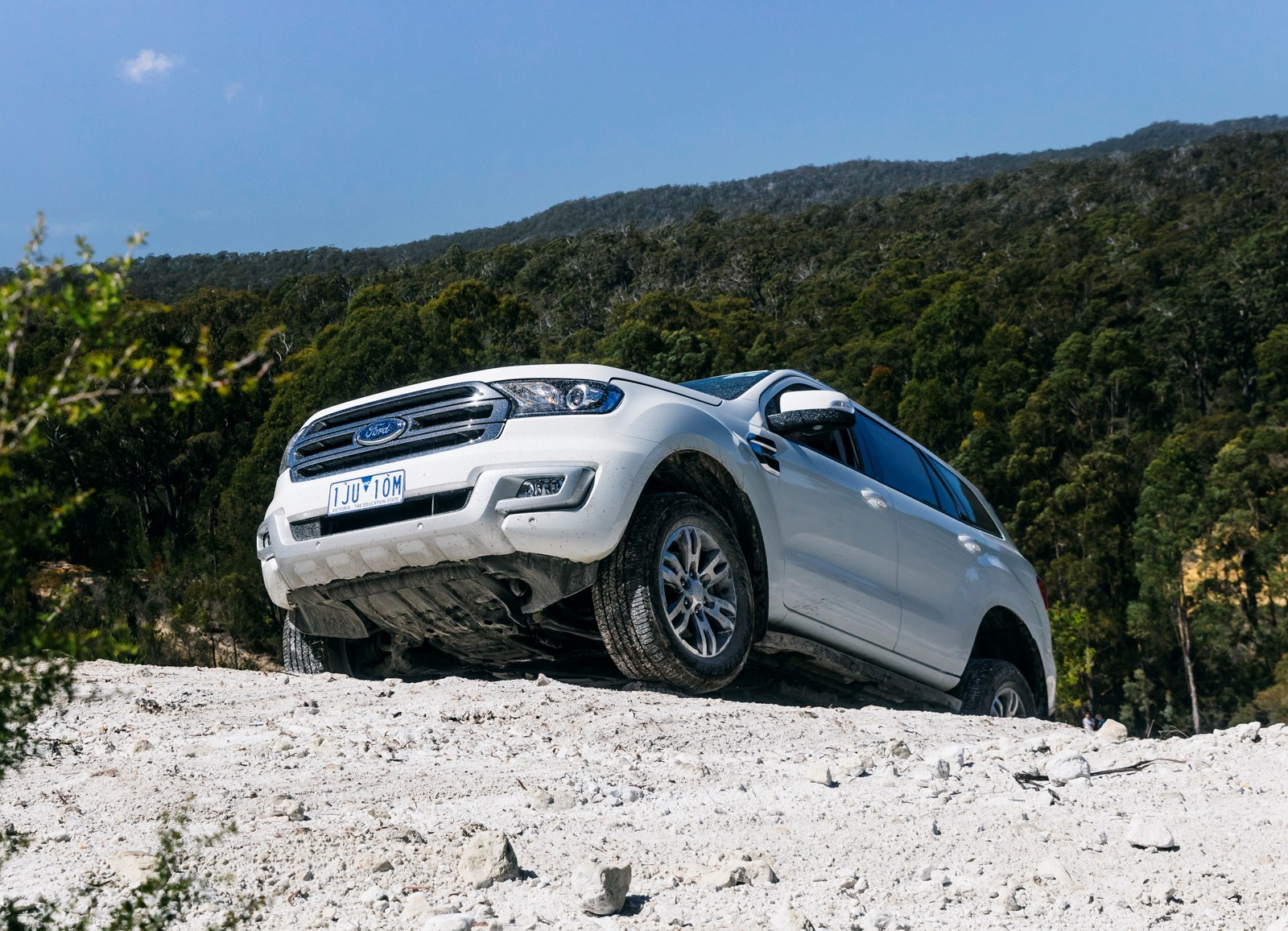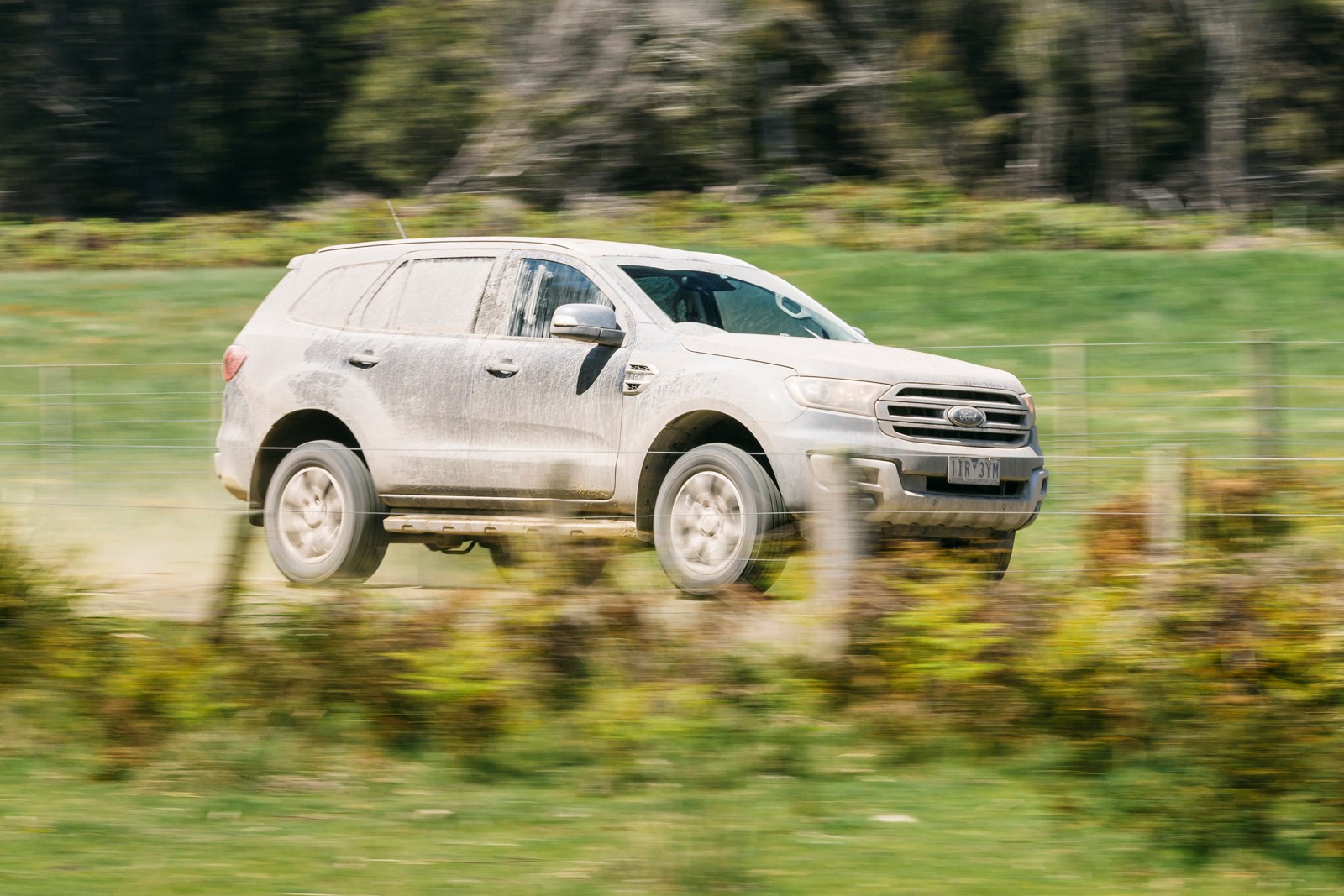If petting wombats and driving cars in places you shouldn’t be are all the things you look for in a weekend, then this review of the Ford Everest is going to appeal to you.
Tasmania is home to many things, wombats especially, and around every corner another vastly different, stunning landscape awaits.
One moment you are driving through lush farmland, the next minute you could be on the Desert Rd, then you turn a corner and you could be halfway up Mt Taranaki, before dramatically being wrenched into scenery like the Haast Pass.
But Ford didn’t send us just to look at wombats and scenes from Middle Earth. It sent us to experience the Everest, Ford’s ultimate peak of combined SUV luxury and performance. Although the vehicle was launched a while back, it continues to dominate its category and Ford continues to deliver amazing experiences for its end users.

Myself, my 15-year-old stepson, Aussie journos and an incredibly funny social affairs journalist from Wellington were assembled in Devonport, Tasmania, to test the Everest’s on and off-road abilities, and to collectively sneer jealously at the millennial content creators invited along to do the same.
The good news for the millennials, with sockless shoes and jeans that were just a little too short, was that the Ford Everest’s expansive boot space catered to their mass of camera equipment and still had room left over for their fixed gear bikes.
Our vehicle was the top spec Ford Everest Titanium, the key point of difference, a panoramic moon roof. But you also get parking assist, electronically adjustable and heated leather seats, tyre pressure monitoring, and some good-looking 20 inch rims.

Forty-five minutes along Tasmanian roads revealed the smooth handling of the Everest.
Two things stuck out when driving this large vehicle on such windy roads — road noise and body sway were impressively minimal.
I drive a lot of large SUVs and always make points on this. The Everest — although no Mustang — was pleasant to drive and easily handled the tight turns and small back country roads.
Lunch was local lamb chops and scallops on the barbie. Both were superb and consumed hand over fist before the next leg of the journey started at Briggs Regional Reserve. This leg was described in our weekend schedule as “Experience the Everest”.

For this part of the trip, the GPS on the 8 inch touch screen no longer registered any roads — perfect conditions to be driving a Ford Everest.
Our first challenge was a short stretch of muddy track, including the cliché waterspray photo opportunity. Spotting the professional photographer accompanying Ford ahead, and knowing about the best in class 800mm wading capability, I dutifully provided the shot by attacking the flooded track with the reckless abandon that comes with driving a vehicle built to handle the tough stuff.
The initial obstacles were child’s play compared with the rock climb that was 10 minutes further down the track. A large clearing revealed a disued-quarry-come-adult-adventure-playground. The Everest’s entry and exit angles of 29.5 and 25 degrees respectively were sure to be put the test.

The dash has an option to display the vehicle’s angles — something I selected before embarking.
The top of the quarry, with a 30-metre sheer drop on one side, was a terrifyingly banked terrain creating a lean that allowed my passenger to almost fall on to my lap.
The display said 28 degrees, well inside the Everest’s 35 degree tipping point so I was calm ... mostly.
The 225mm ground clearance was also put to the test up this rock climb, often bumping and scraping across slippery rocks but the Everest’s terrain management system was never in doubt. In fact, this system can distribute up to 98 per cent of drive to a single wheel creating exceptional off-road performance.

Thankfully, hill descent control on the Everest made going down much more relaxing.
From the hill climb, we disengaged four-wheel low and drove through the Tasmania back country switching with ease ‘on the fly’ between sand and mud modes using the centre console dial before hitting tarmac some 90 minutes later.
It was a trip that most large luxury SUVs would have found tiring, not to mention the wear and tear on the driver, but the suspension in the Everest has been designed for just this. So, although the car was thrown around, the passengers were not.
Snakes, wombats, and terrain from all parts of the globe, no Tasmanian tigers, but an excellent vehicle that can make off-road adventures achievable for any level of driver.
Specs Price:
Titanium $87,990
Trend $76,990
Engine: 3.2 L Turbo Charged diesel
Power: 143 kW
Torque: 470 NM
Pros: The Everest is a tough machine that is comfortable in any conditions
Cons: Wombats don’t come with the car















